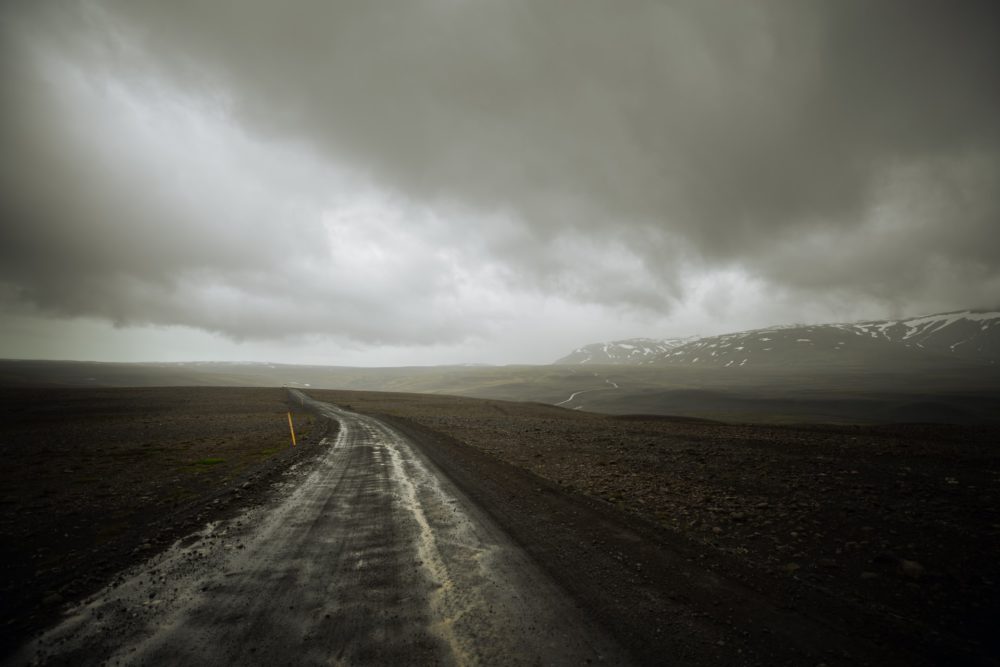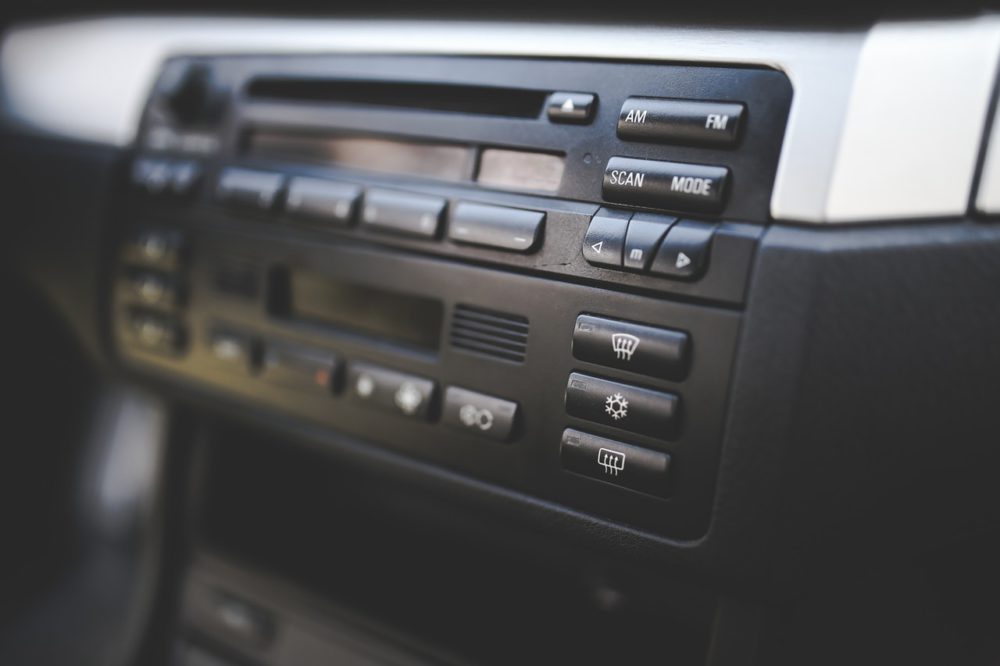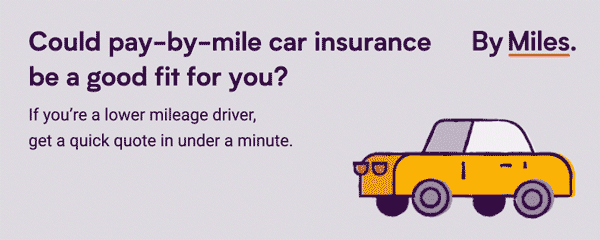Storms are as unpredictable as, well, the weather. Driving safely is our best defence.
They come along, often out of the blue, and disrupt everything in their path. Transport becomes a nightmare, infrastructure gets damaged, garden flower arrangements are ruined and plans are put on hold.
In a joint effort between the UK and Irish Met Office, every storm to reach our shores now gets its own name. It’s a good idea, as it humanises the storms and means it’s easier to find out all the necessary information about each storm. (Some of us have even been lucky enough to have one named after us).
Last year, the UK experienced more than half a dozen storms. With the impact climate change is continuing to have, it’s clear that storms aren’t going anywhere any time soon. One is very likely brewing right now as we speak.
If you absolutely have to venture out and drive during a storm, let’s get you prepared with some essential tips so that you can arrive at your destination safe and sound.
Before You Leave
Cancel the journey altogether if you can
If you keep yourself out of harm’s way, then you should definitely do so. If the trip is something you can postpone like a trip to the supermarket, consider having a takeaway night and curling up in front of the fire rather than battling the elements. But if you have to head out, follow our tips to make sure you’re driving safely through the storm.
Make sure your phone is fully charged
Along with a charged car battery, phone battery is also very important. Invest in a portable charger if you haven’t already, and keep it in the car. Make sure it’s charged up and ready to go if your car breaks down during a storm and you need to get in touch with roadside assistance.


Make sure your headlights and wipers are working properly
This is a must-do all year round, but especially during a storm, give your headlights a quick check on a reflective surface (or persuade a loved one to tolerate the rain for a minute to check that they’re working) and give your wipers a quick test on all settings before you drive off, too.
Pay attention to weather reports
It may seem like a no-brainer, but the amount of people that set off in the car during a storm blindly hoping for the best is quite worrying at times. Plan your journey around the peak of the storm’s activity and consider postponing altogether if the unpleasant driving conditions outweigh your need to venture outdoors. Be sure to tune into local radio stations so you can get local weather updates along the way.
On The Road
Slow down!
It’s solid advice in any weather, but particularly when it’s stormy, be sure to reduce your speed. Between poor visibility, breezy conditions and loose debris flying around, you need to be extremely alert and that’s easier to do when you’re driving slowly and carefully.
Watch out for spot flooding on the roads
Sometimes floods can be deceiving, so it’s always best to avoid any large body of water on the roads, where possible. If your journey involves an area you know as a notorious hotspot for flooding, try to use an alternative route. Never assume that a flood is shallow – they can be very deceiving.
Watch out for fallen branches on the roads
Particularly on country roads, branches tend to go rogue during windy and stormy conditions. While we advise avoiding wooded areas during or after a storm, if you find yourself surrounded by trees, around every corner, there’s the potential for a fallen branch to be blocking the road. Always drive slowly in wooded areas during a storm (if you have to be there at all) and stay alert. Expect the unexpected.
Beware of black ice
Winter storms are often the worst of all as they bring wind, rain and freezing temperatures. Particularly during the chillier months, be mindful of black ice on the roads, and always defrost your car windows thoroughly before setting off anywhere. Visibility is key.


Beware of crosswinds on open roads
Particularly on motorways and open roads, crosswinds wreak havoc with cars. Drive smoothly and safely if you’re caught in a crosswind, reducing your speed and gripping the steering wheel tightly to keep the car under control.
Driving Tips
Keep both hands on the wheel
Steering the car in strong winds can be tricky, so it’s important that you’ve got as much control over the car as possible. You should always be driving safely with both hands firmly on the wheel, but especially during a storm, keep a firm grip so you’ve got the car under control.
Test your brakes after going through water
After going through a puddle, lightly tap your brakes to test them. This will also help to dry the brakes so they’re working as effectively as possible. If braking feels shaky or not quite right after going through a body of water, slow down and pull over if you don’t feel comfortable driving. Get in touch with your garage and explain the situation to get expert advice on whether it’s safe to drive or not. Brakes are important, so never risk it. A visit from roadside assistance is a small price to pay for peace of mind.
Drive with your dipped headlights on
Regardless of the time of day, you should be driving safely with your dipped headlights on during a storm. This will increase your visibility to other road users and hopefully inspire them to do the same.
Turn on the AC to stop your windows fogging up
Driving in a storm is hard enough without trying to defog your windscreen during the journey. By keeping your air conditioning on low, it’ll provide a steady stream of air on the windscreen to prevent any obstruction to your vision.


Be patient with other drivers who may not be driving safely
Unfortunately, it’s a matter of fact that not all drivers have the same level of competence. Not every driver has a friendly car insurance provider giving them tips for driving safely in stormy weather conditions. Rather than getting frustrated, all you can do is be prepared and expect the unexpected. Be patient, slow down, give them space and anticipate their behaviour.
Parking Up
Park on higher ground if you can
Flooding and cars are a match made in hell. Where possible, park your car on higher ground to keep it out of harm’s way when there’s a threat of flooding about. Always prioritise safety and make sure all windows are fully closed before leaving the car. Nobody wants to wake up to a literal carpool.
Avoid parking under trees and powerlines
Any tall structure has the potential to fall onto your car during a storm – even people! Be sure to inspect the area that you’re parking your car in to keep it from harm. If you’ve got a garage that’s being used for storage, consider clearing it out and treating the car to a night indoors.
If you break down, keep the bonnet closed
Breakdowns happen, and they’re never a party. If your car succumbs to a breakdown during a storm, it’s natural to investigate what’s going on under the bonnet. Just be sure to close it back up while you’re waiting for roadside assistance, as water can soak the electrics and make it harder to start the engine.
Not doing much mileage (regardless of the impending stormy weather)? Get a quote for pay-by-mile car insurance here.





